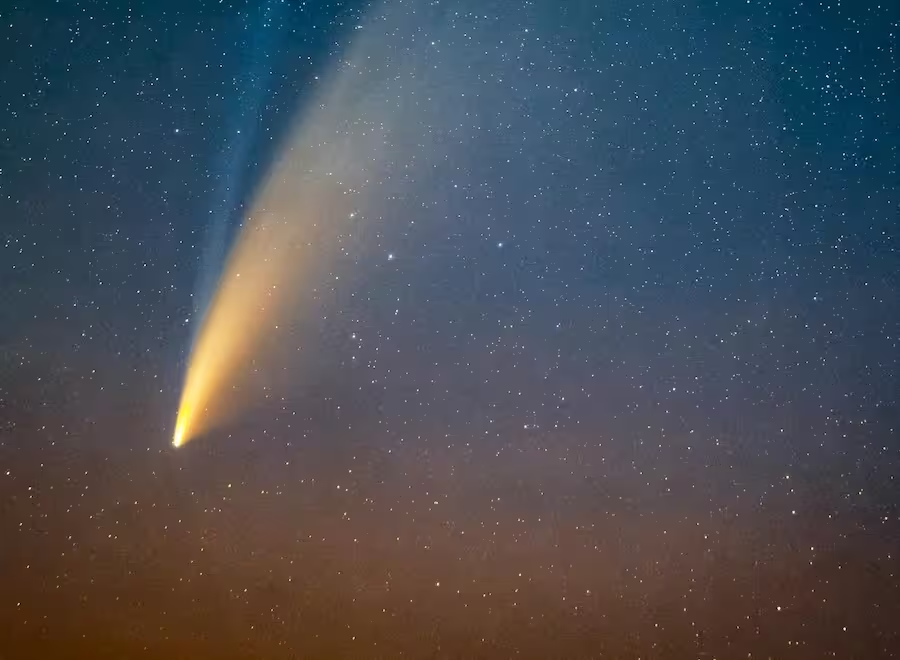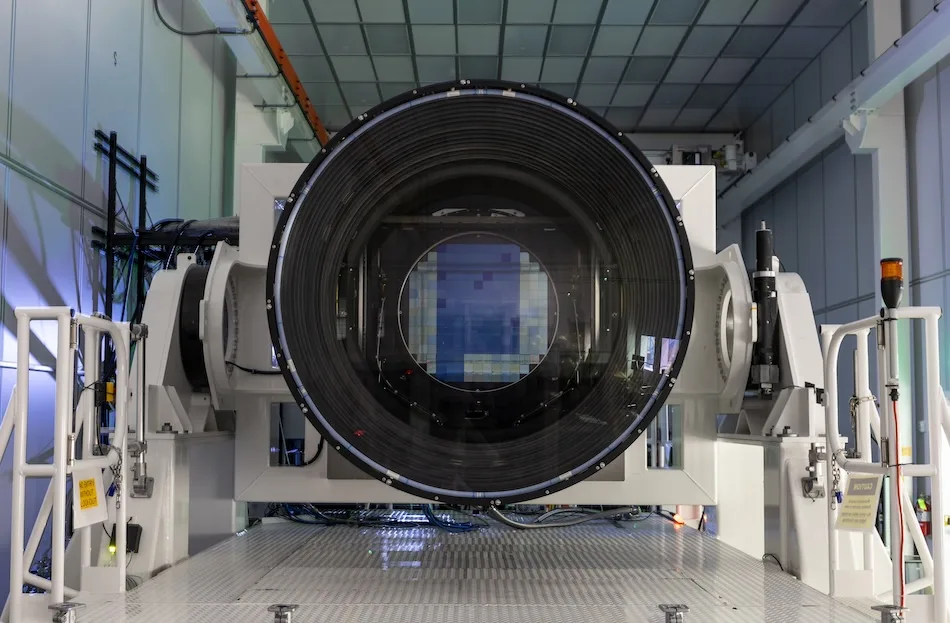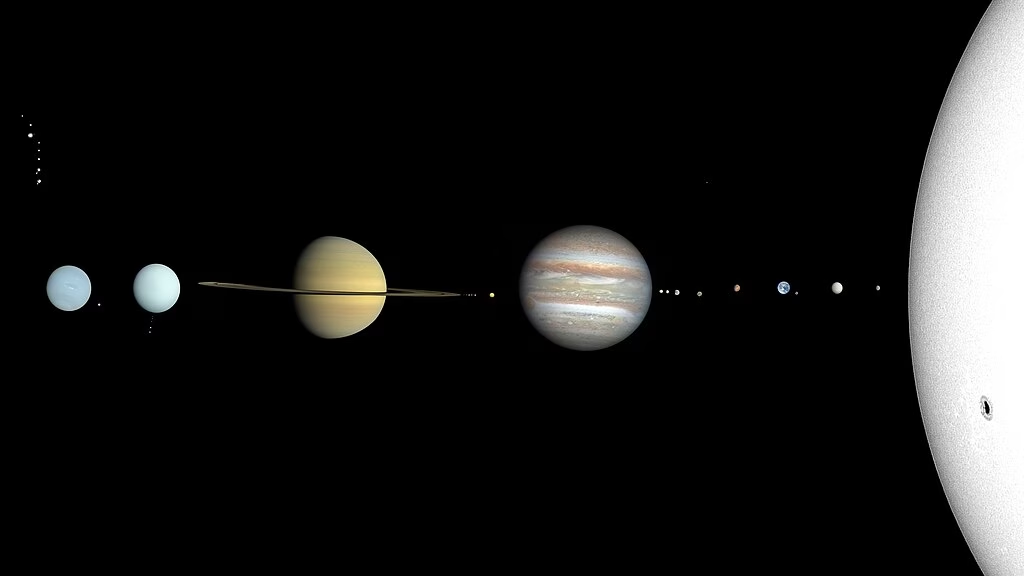The Headless Comet formerly known as the “Halloween Comet” has gotten a new name and a new fate as it gallops towards the sun, according to astronomers.
Long Islanders hoping for a spooky spectacle in the night sky this Halloween might be in for a trick, not a treat. The so-called “Headless Comet,” officially named Comet ATLAS (C/2024 S1), was first spotted just last month and had stargazers buzzing. But as the comet nears its fiery rendezvous with the Sun, there’s a real chance it may fizzle out before putting on the celestial show everyone’s been waiting for.
The comet, initially hyped as the “Halloween Comet” for its expected visibility around October 31, has now earned a far more fitting nickname. Astronomers, in a stroke of branding brilliance, are calling it the “Headless Comet” due to signs it’s already losing its head – or more scientifically, its nucleus. (Seriously, are these astronomers secretly moonlighting in marketing? Because that’s some clever naming.)
A Spectacle or a Specter?
Comet ATLAS (C/2024 S1) has been speeding towards the Sun, preparing to swing within 700,000 miles of the solar surface—a dangerously close encounter for any space traveler. And while this would usually be the moment when a comet flares up in brightness, the “Headless Comet” seems to be breaking apart instead. Experts are now left wondering if there will be anything left to see by the time Halloween rolls around.
Key Dates: If You Dare to Look
The comet is set to enter the field of view of the Solar and Heliospheric Observatory (SOHO) spacecraft on October 26, giving astronomers the first good look at what’s left of the cosmic traveler. But the real drama happens on October 28, when the comet makes its closest approach to the Sun, a moment that could spell its doom or lead to an unexpected display of fireworks.
If there’s anything left of Comet ATLAS after this solar showdown, the best viewing for Northern Hemisphere observers (that includes us here on Long Island!) will be from October 29 through the first week of November. Early risers might catch a glimpse just before sunrise in the eastern sky.
But, let’s be honest—there’s a strong chance we’ll be left staring at an empty sky. Despite some early excitement (and perhaps a bit of media hype), the comet’s dimming brightness and disintegrating body suggest it may vanish before it ever becomes the dazzling Halloween headliner some hoped for.
The Headless Comet’s Last Stand?
Astronomers caution that comets are notoriously unpredictable. While a spectacular show isn’t off the table, the odds seem to be stacked against Comet ATLAS. Historical examples of Kreutz sungrazers—comets that skim dangerously close to the Sun—show that they tend to either disintegrate or, in rare cases, emerge spectacularly from their solar dive.
For now, the comet remains a cosmic question mark. Whether it pulls off a Halloween miracle or fades away into the void, the “Headless Comet” is certainly living up to its spooky moniker.
Conclusion
So, should you dust off your telescope and get ready for a Halloween night skywatching session? Maybe. But don’t be surprised if the “Headless Comet” decides to pull a disappearing act. One thing’s for sure: if it does go out with a bang, it’ll be a sight to remember. And if not, well, at least the astronomers nailed the branding.





One thought on “Will the Headless Comet Appear Over Long Island? Or Disappear Like a Ghost?”
Comments are closed.